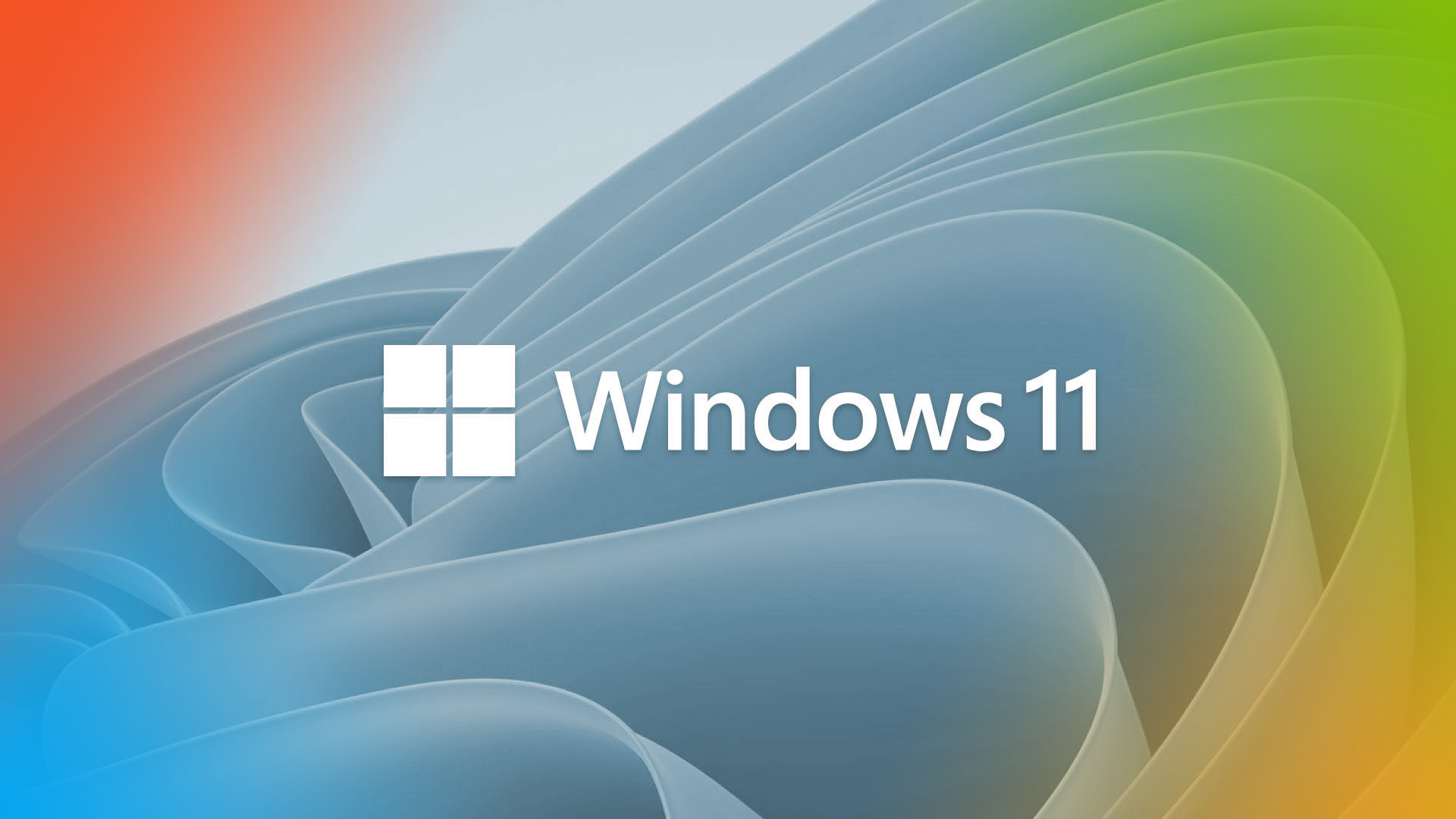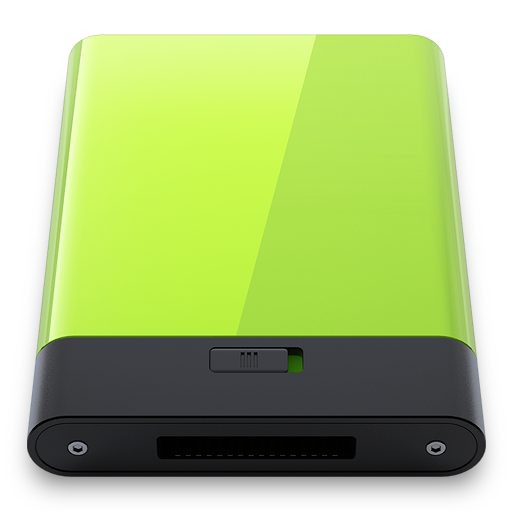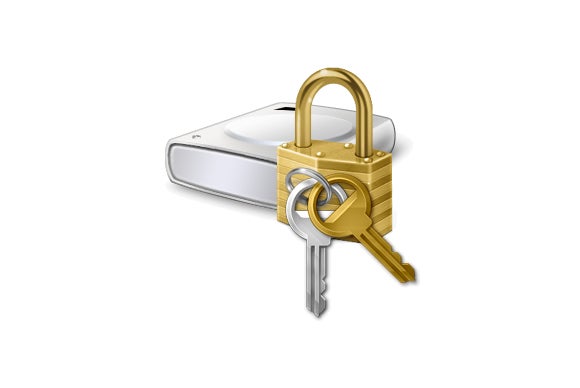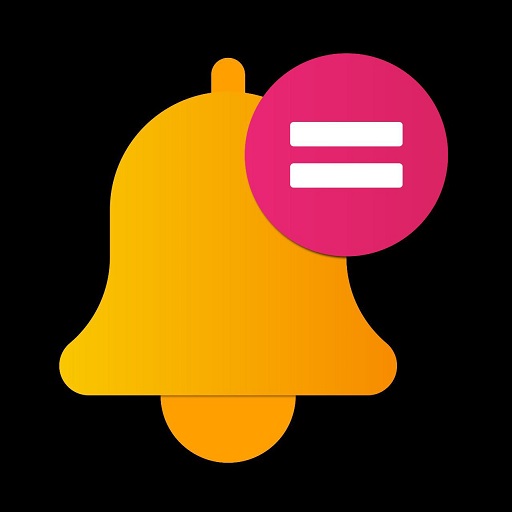When you’re projecting your Windows 10 device to another device, such as Smart TV, a wireless projection banner appears at the top of screen. This banner usually shows to device Windows is currently projecting to and have some options as well. These options can be used to manage projection. The banner is reportedly appears in Windows 10 V1809 or later. Here is the screenshot of the banner.

Page Contents
Image credits: MSA
There are some problems which users may face due to persistent wireless projection banner. If users have aligned taskbar at top, the banner covers it. It is then difficult to use task bar in this case. While, if users launch or hit a tab in the browser, the banner appears there. Moreover, in some cases, even if you’ve disconnected the projection device, the banner won’t go away. It stays there, mentioning Disconnected.
So how to get rid of this banner? Well, here are some working suggestions that may help you to resolve this.
How To Remove Wireless Projection Banner In Windows 10
Method 1 – Using Task Manager
1. Right click on taskbar and select Task Manager.
2. Under Processes tab, locate the Windows Shell Experience Host process and click on End task.

3. The Windows Shell Experience Host process will be immediately terminated and also start again. But the good thing is that wireless projection banner will be removed now.
If this method doesn’t works, refer Method 2 mentioned below.
Method 2 – Using File Explorer
1. Press  + E keys to launch File Explorer. Assuming Windows is installed on C: drive, go to
+ E keys to launch File Explorer. Assuming Windows is installed on C: drive, go to C:\Windows\System32 folder.
2. Locate Windows.Internal.PlatformExtension.MiracastBannerExperience.dll file and use this guide to take ownership of the file.
3. After taking ownership, rename the file to Windows.Internal.PlatformExtension.MiracastBannerExperience.old.dll.

4. Close File Explorer. Check, and you’ll no longer get wireless projection banner on the screen.
Later, if you like to see the banner again, simply restore the Windows.Internal.PlatformExtension.MiracastBannerExperience.old.dll file to its original name.
Hope this helps!
![KapilArya.com is a Windows troubleshooting & how to tutorials blog from Kapil Arya [Microsoft MVP (Windows IT Pro)]. KapilArya.com](https://images.kapilarya.com/Logo1.svg)












Leave a Reply